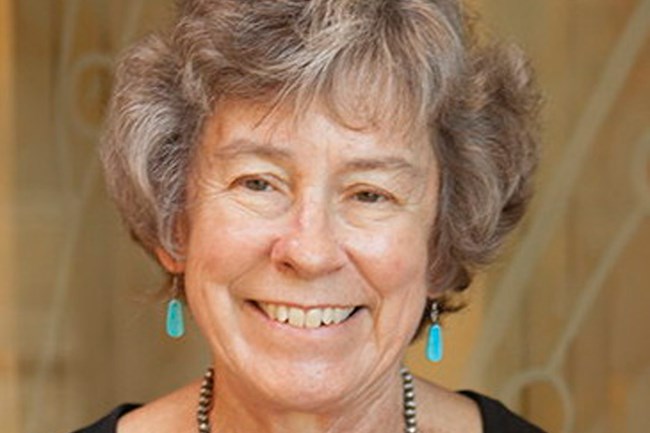
Chapter 22
Dr. Pamela Munro, professor of linguistics (emerita), University of California, Los Angeles, discusses the language she believes the Indigenous people on San Nicolas Island spoke.
Juana María, the Lone Woman of San Nicolas Island, whose story is told in Island of the Blue Dolphins, spoke a language now known as Nicoleño. This language belongs to the Uto-Aztecan family of American Indian languages that includes languages spoken from the Pacific Northwest and the Great Plains (think: Utes) to central Mexico (think: Aztecs).
Although those who met Juana María recorded only four words in her language, each of these shows clear relationships with words in related languages of Southern California, including Cahuilla, Cupeño, Luiseño, and Tongva-Gabrielino, as shown in the chart below:
| Reported Meaning | Nicoleño | Related Word |
| “man” | nache | Cahuilla naxaash “young man” |
| “sky” | toygwa | Tongva tokuupar “sky” |
| “hide” | tocah | Cupeño -tuk'a “skin” |
| “body” | puoo-chay | Luiseño powki “its wing” |
Relationships between languages are proven by showing similarities in both sound and meaning. We can’t be sure how the Nicoleño words here would have been pronounced, but they are similar enough to the related words given to offer strong support for a relationship.
The words for “body” and “wing” are the most dissimilar pair in terms of meaning, but Juana María was reportedly very interested in birds. It seems likely that she may have pointed to a bird’s wing and said “wing,” while observers thought she was giving her word for “body.”
Although there may be connections between San Nicolas Island and Alaska, there is no evidence of any relationship between the Nicoleño language and any Native Alaskan language.
Like Nicoleño, Tongva and Cupeño are no longer spoken. Luiseño, Cahuilla, and another related language, Serrano, have only a few elderly Native speakers. However, language classes and other efforts to revive these languages are ongoing.
Sadly, other Southern California languages from the Yuman and Chumash groups are also endangered or no longer spoken. But the records of all these languages, including the four words of Juana María's Nicoleño, ensure that they will never be forgotten.
-
Listen to the chapter 22 entry
Learn about the native islanders’ language.
Last updated: April 25, 2025
